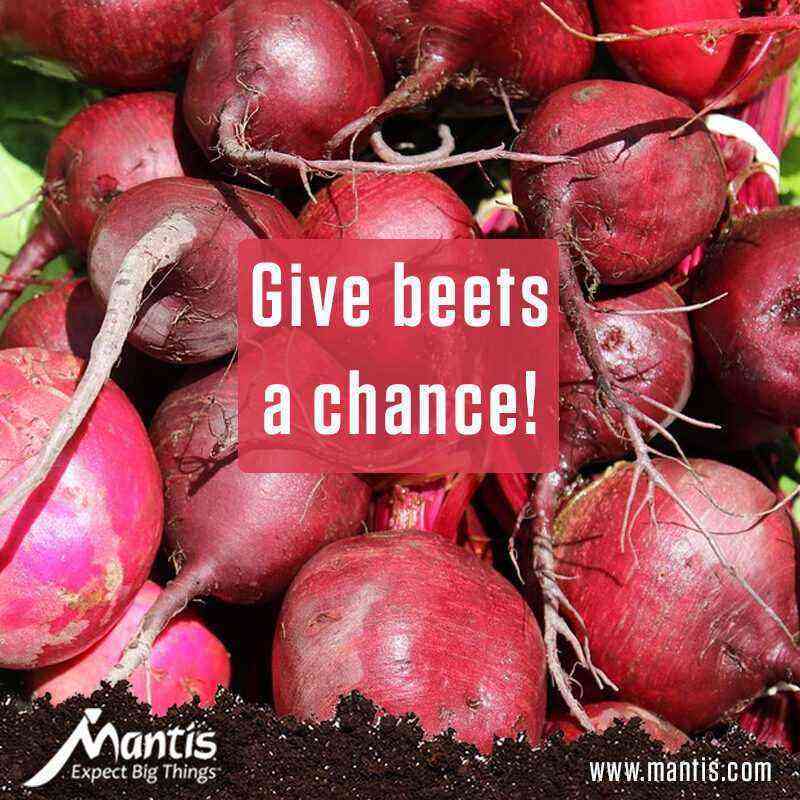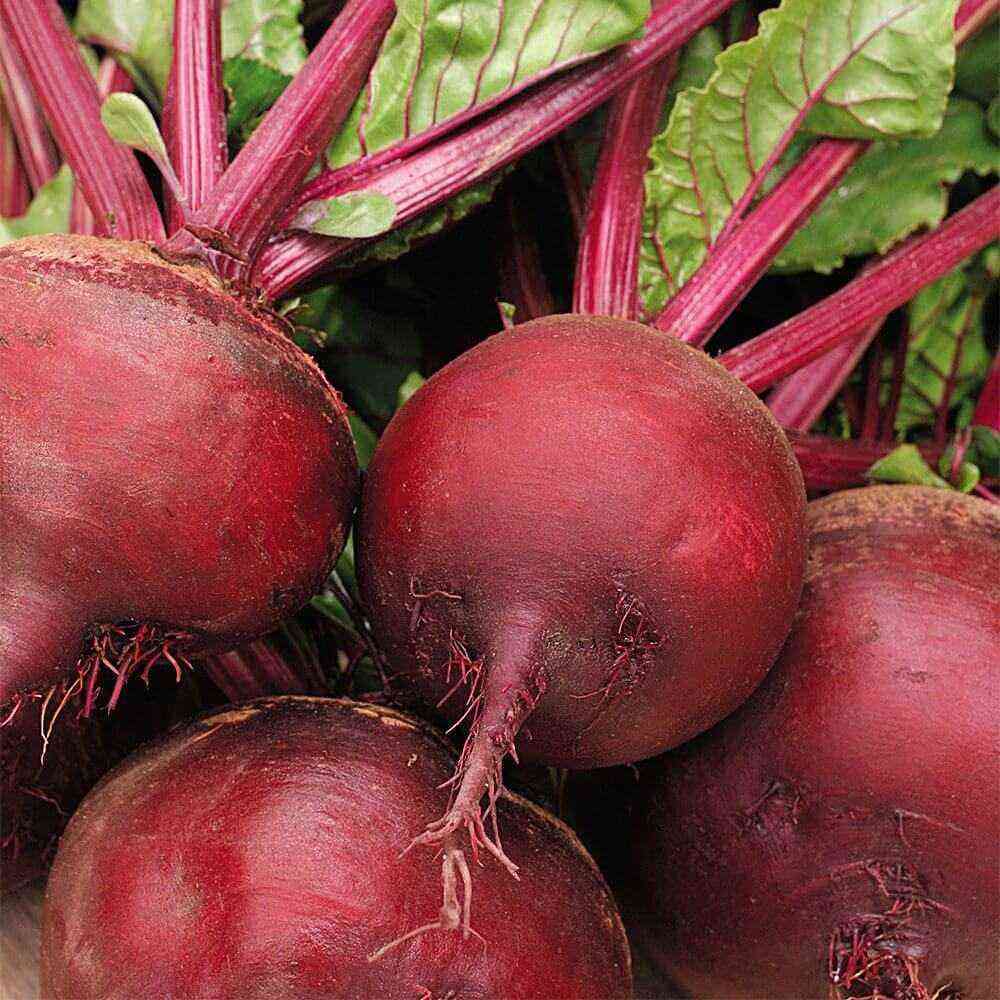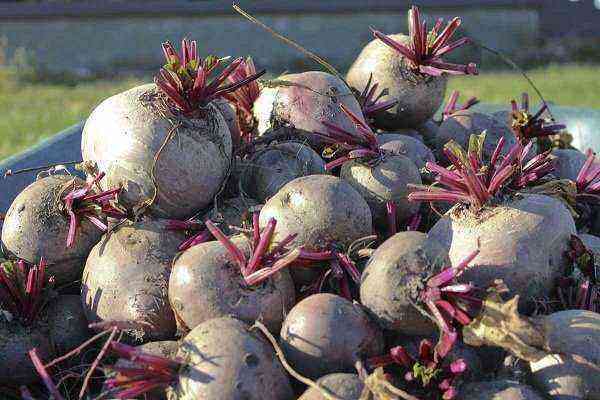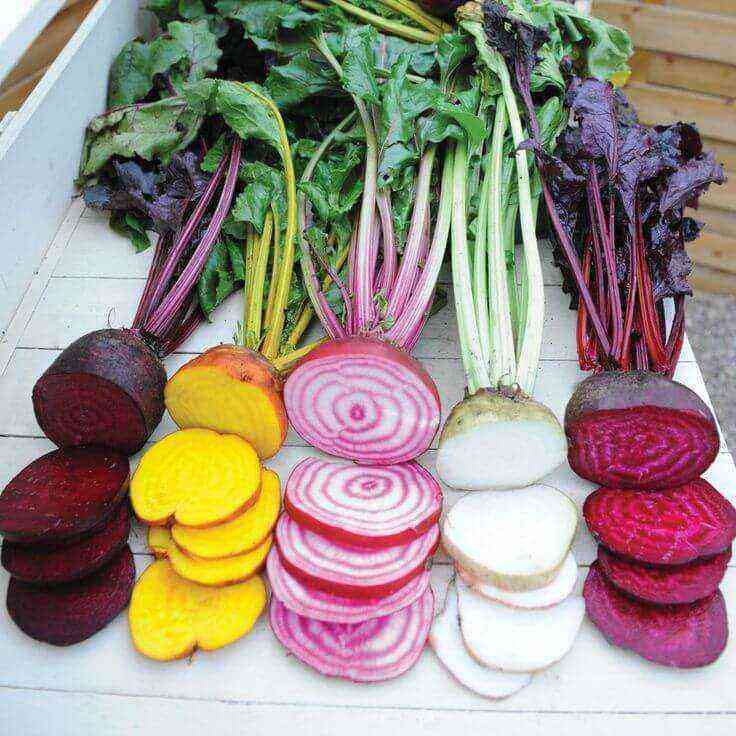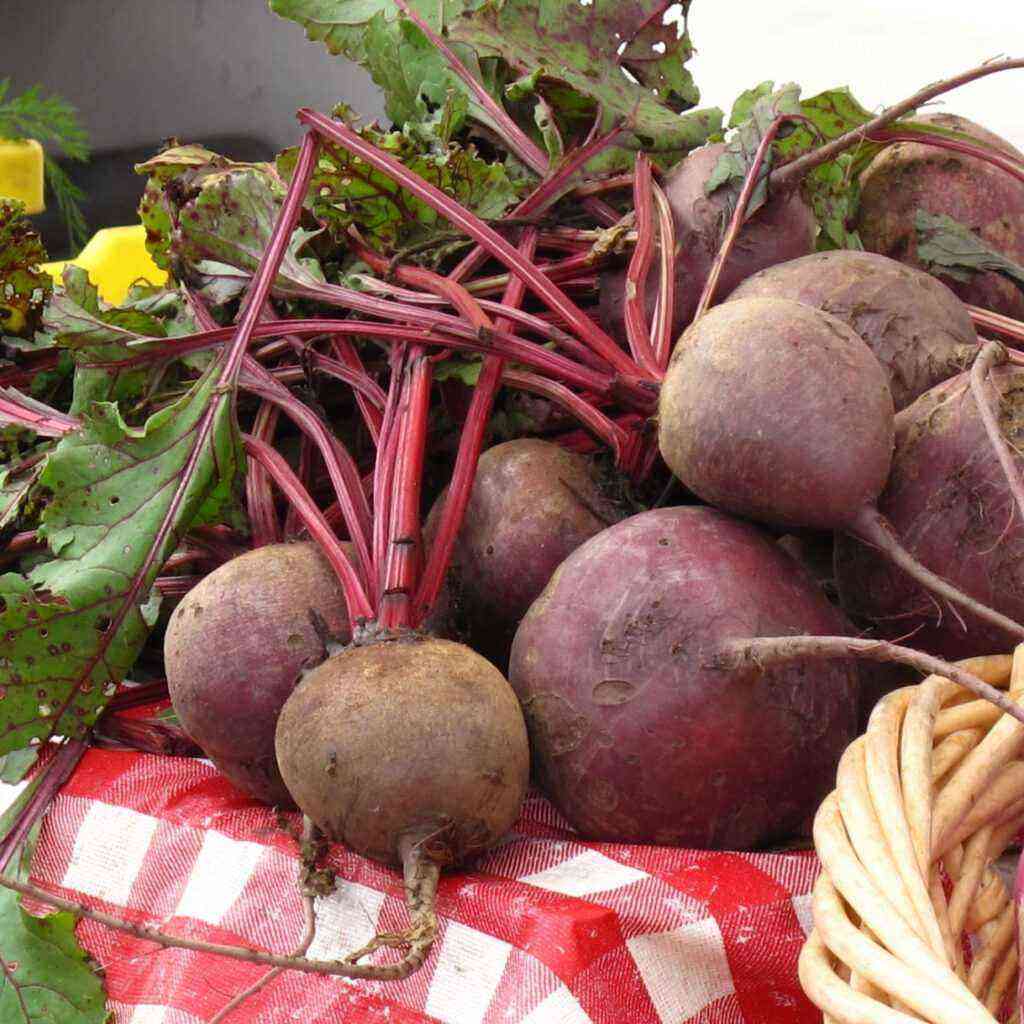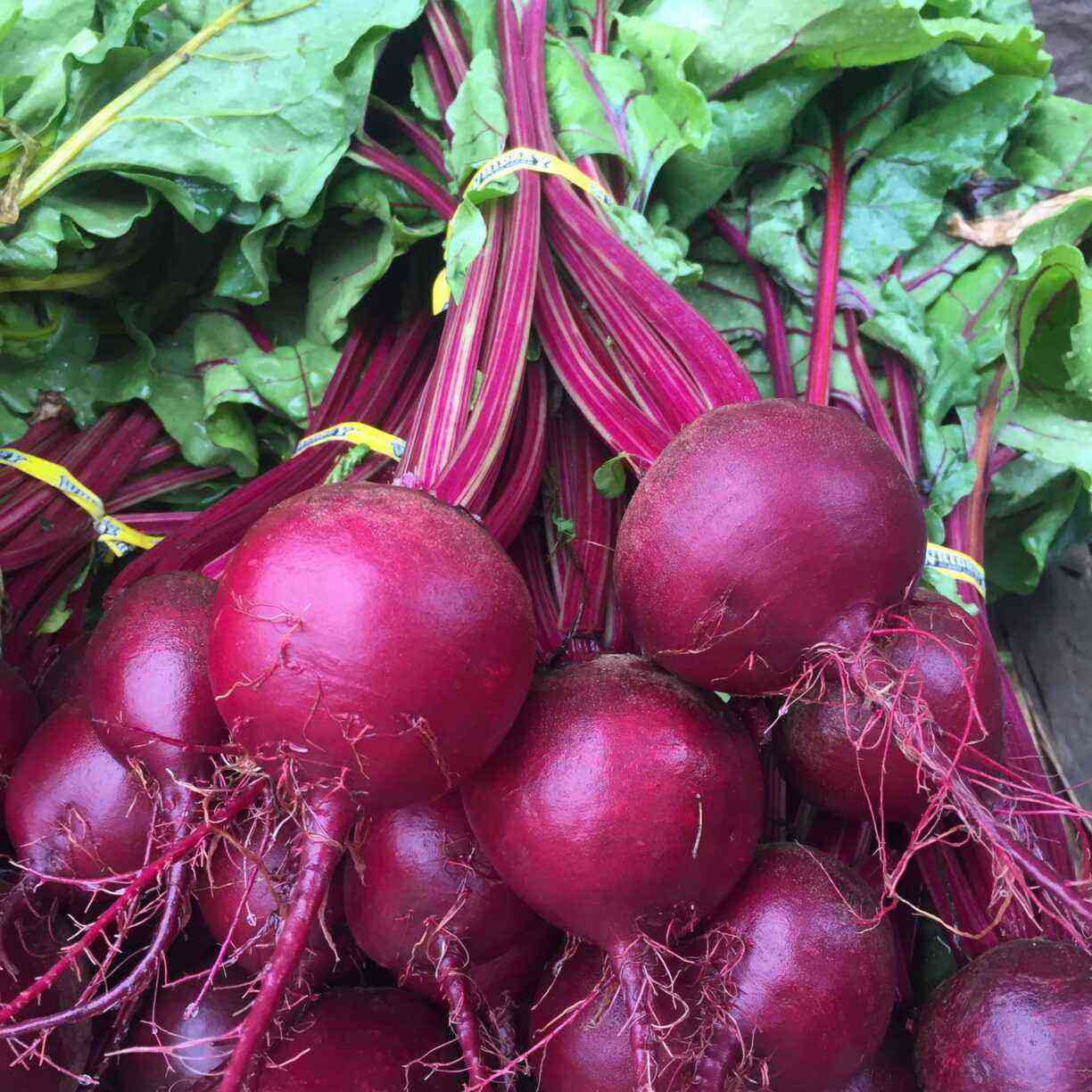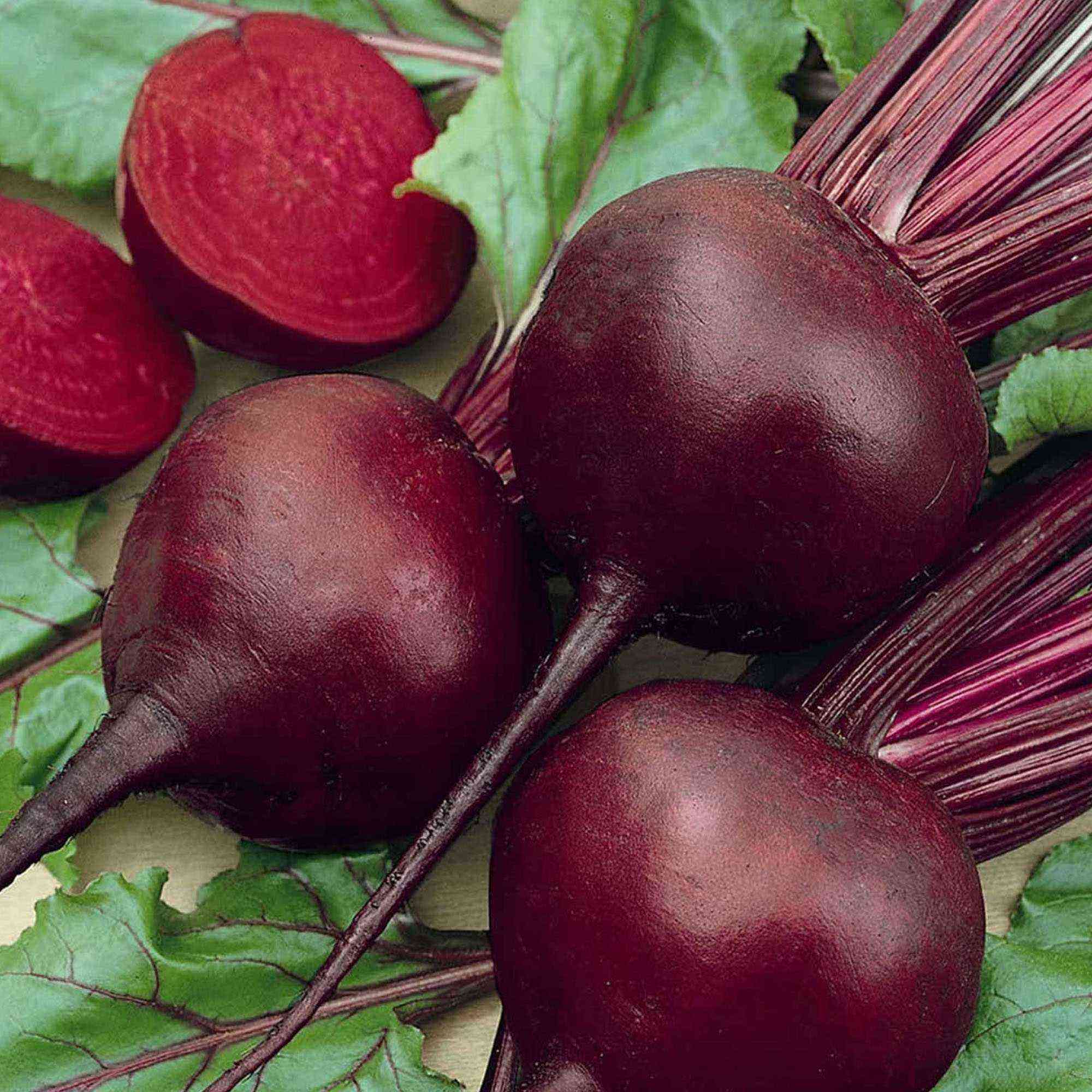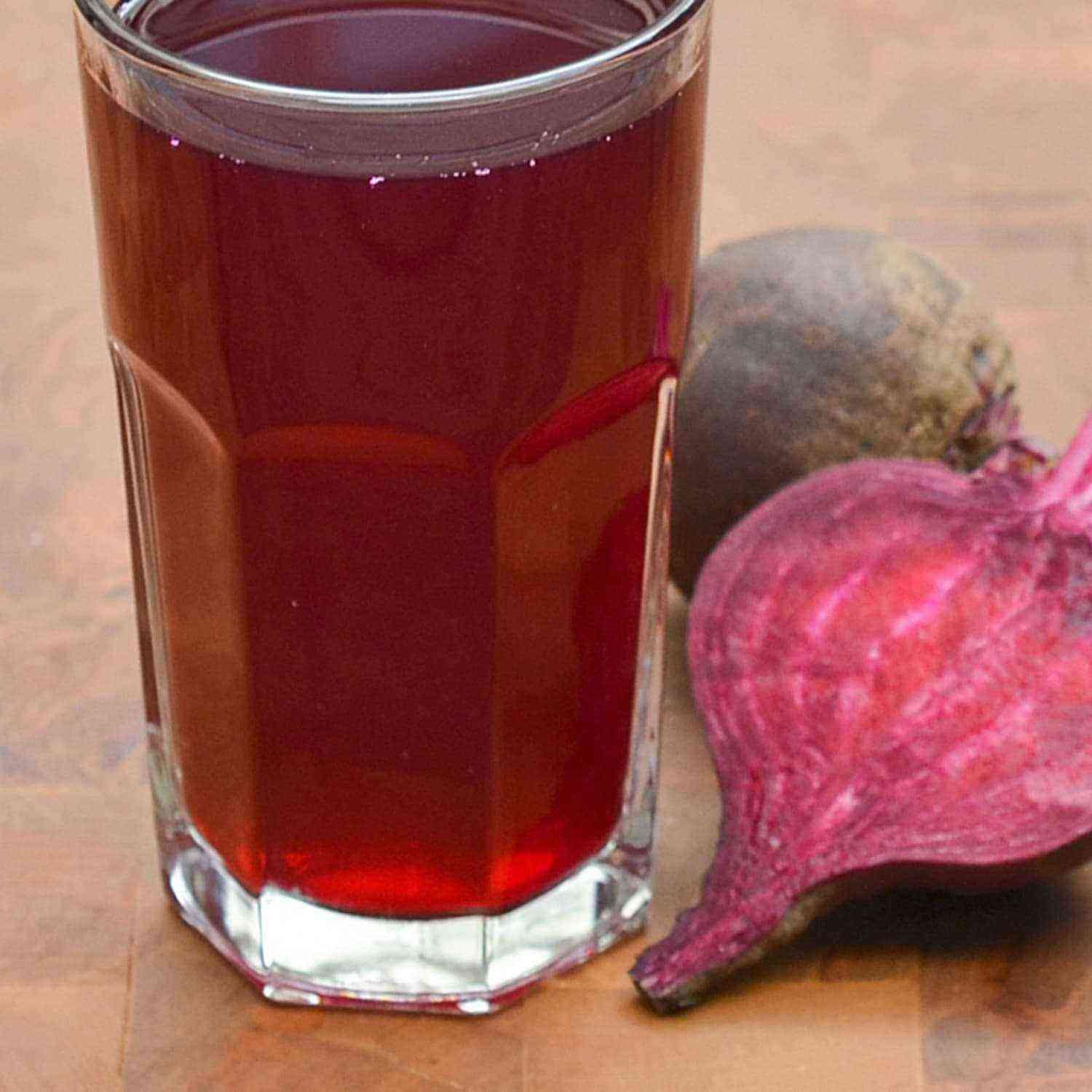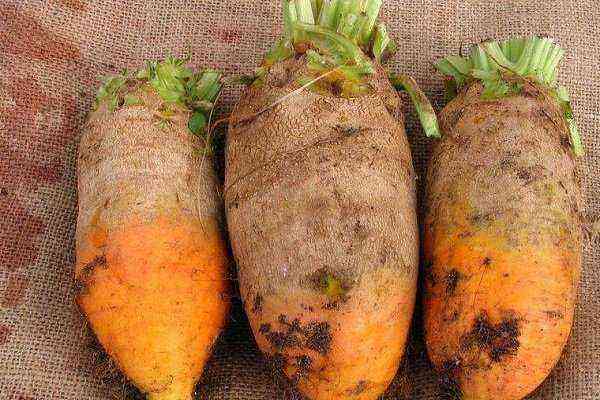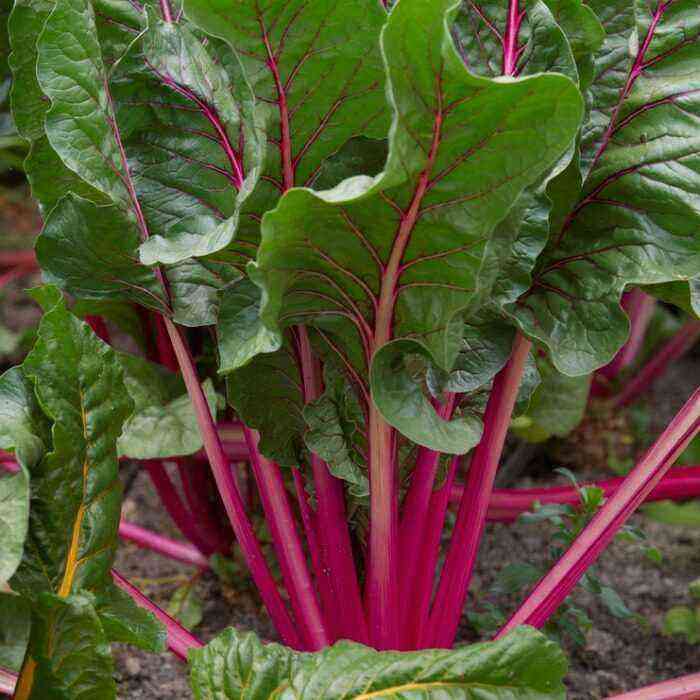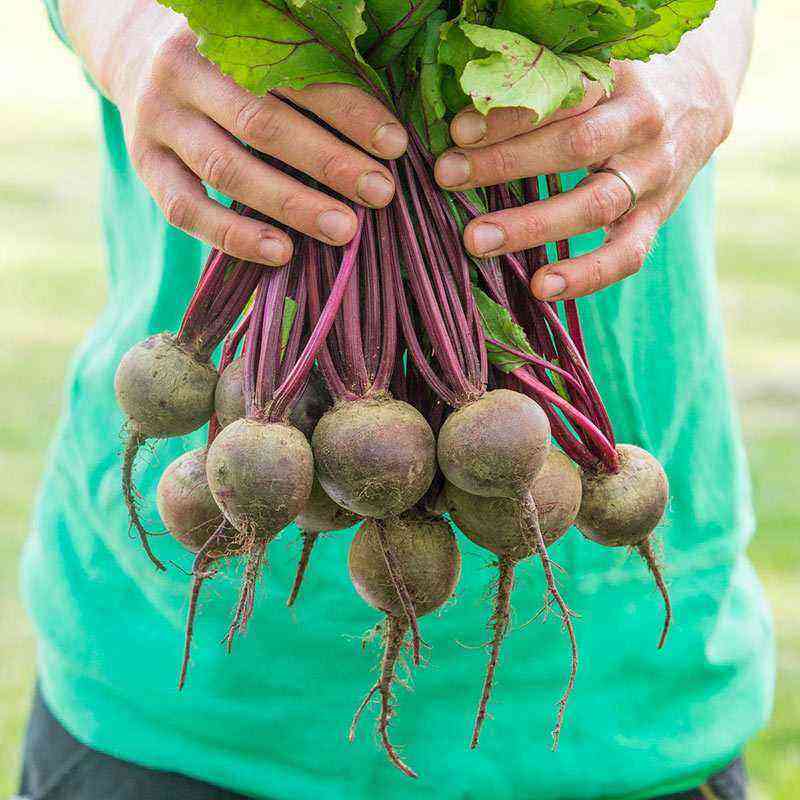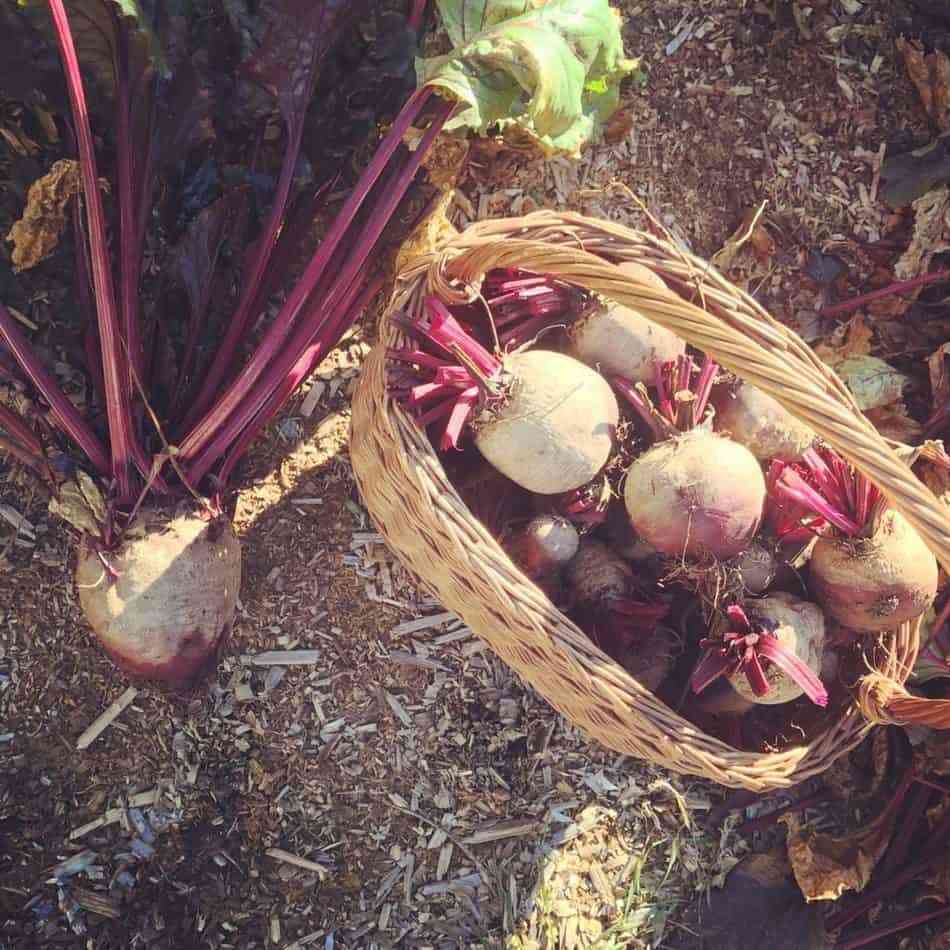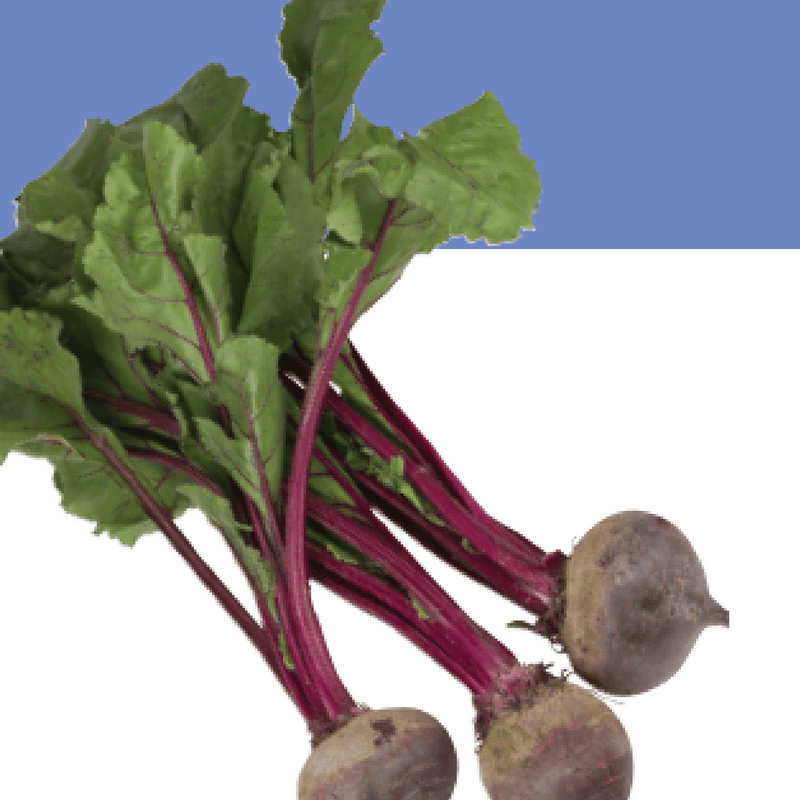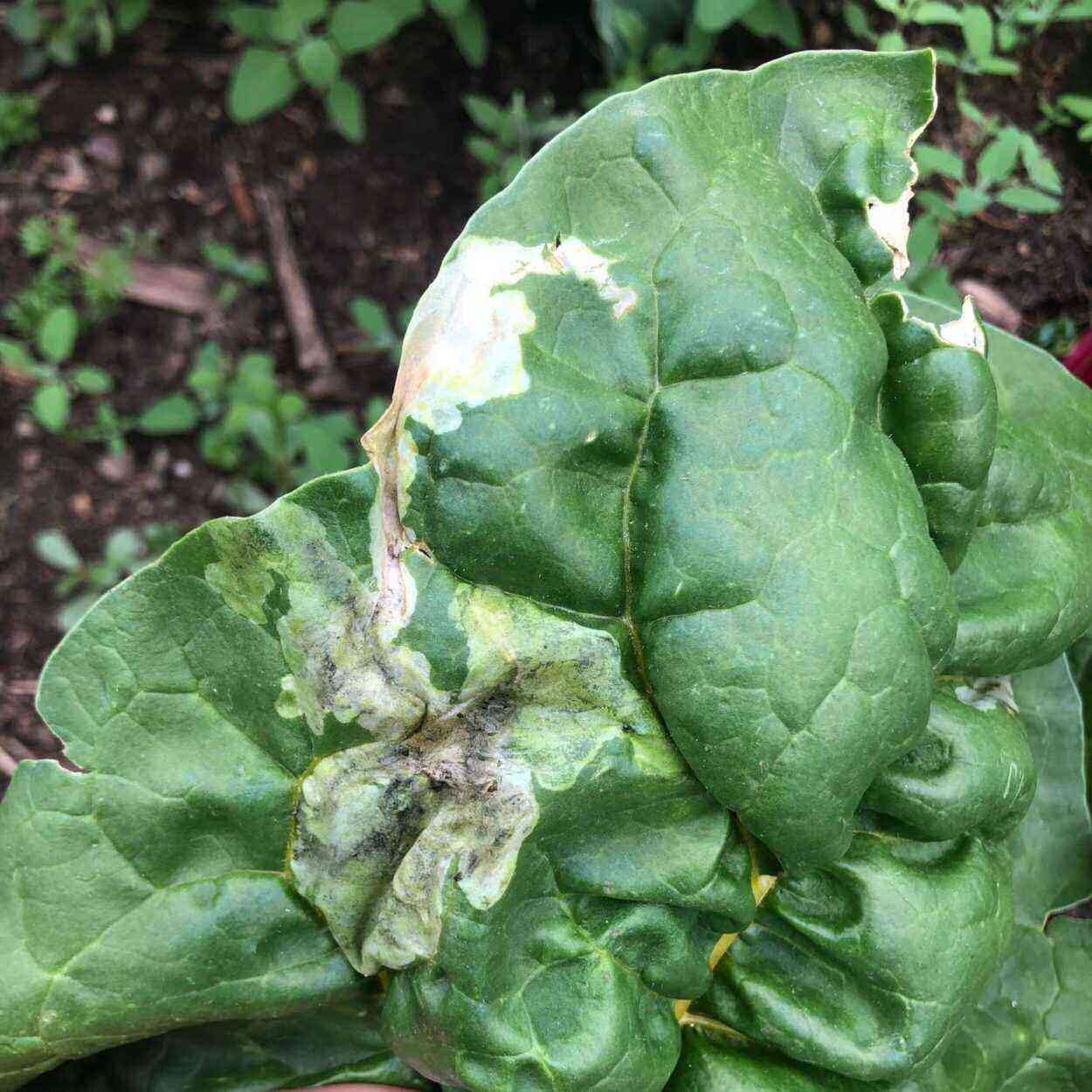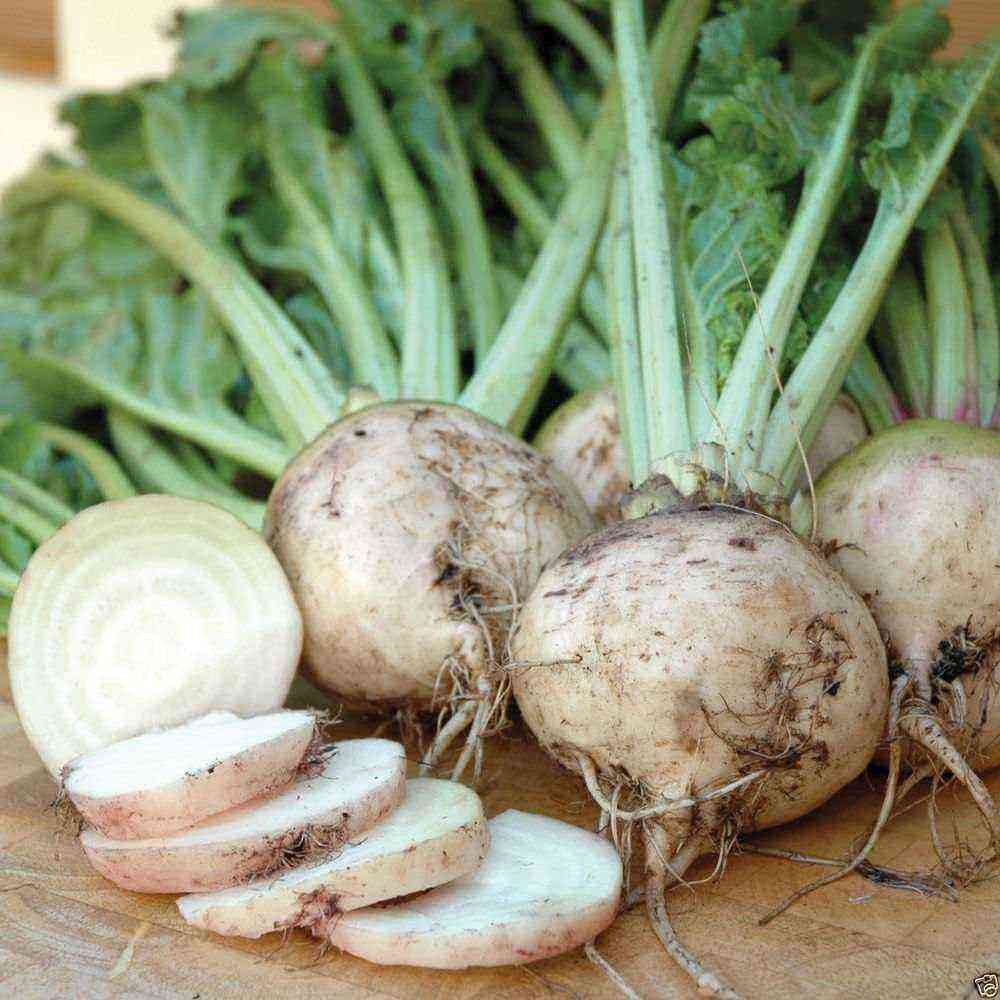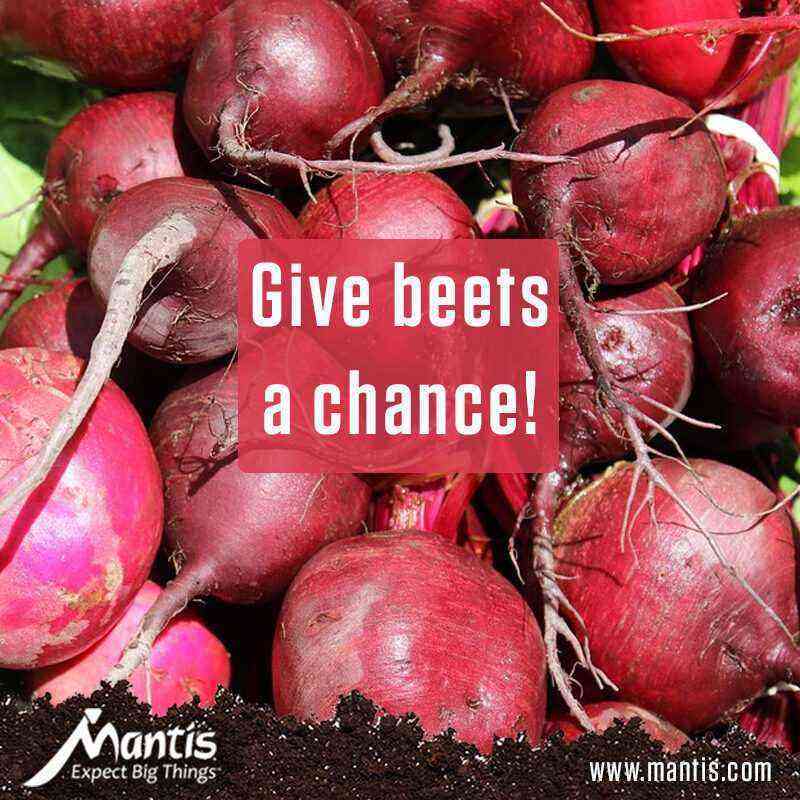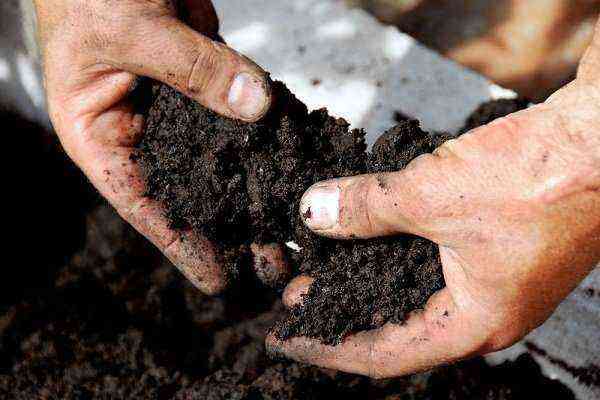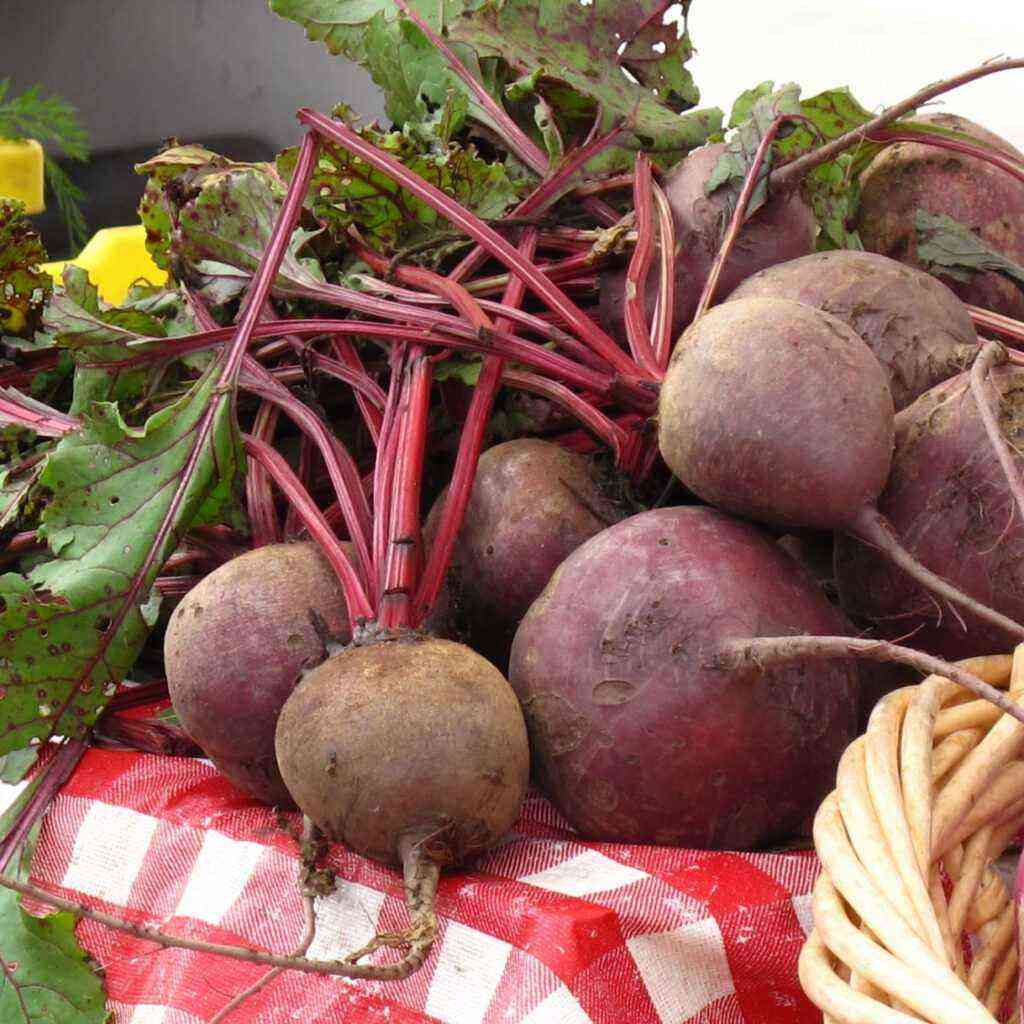In order to grow beets ideal for making borscht, gardeners are increasingly choosing the variety of the same name. This is a high-yielding crop with excellent taste, which does not require special growing conditions and is suitable even for winter planting. Read more about the characteristics and cultivation techniques of the variety can be found below.
Borschevaya beet is stored for a long time
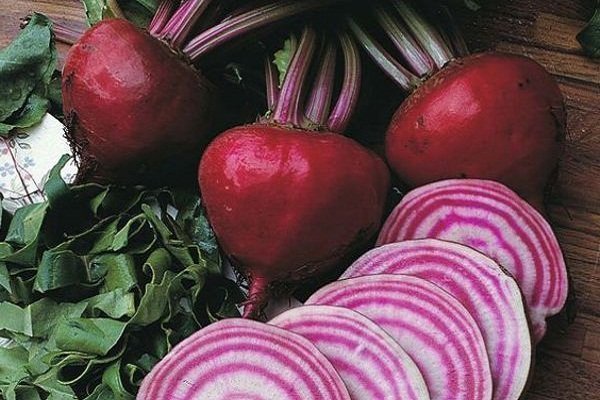
Borschevaya beet has sweet pulp
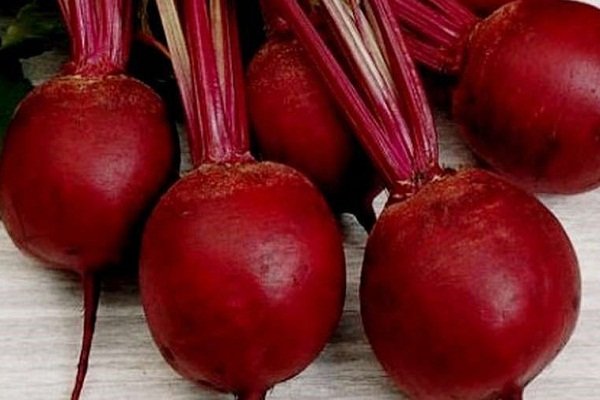

Variety description
Agrofirms in Russia, Ukraine and other CIS countries offer gardeners Borschevaya beets. Seeds are preliminarily subjected to pre-sowing treatment, so they fully comply with the requirements of GOST and are suitable for sowing in the ground without additional soaking.
The characteristics of culture can be found in the following table:
Parameter
Description
Ripening time The variety belongs to mid-season crops – from the appearance of the first shoots to technical ripeness, 85-100 days pass. Plant The root system of the bushes penetrates deep into the soil, so it actively saturates the entire plant with nutrients. Due to this, it has good immunity and is resistant to many diseases, including rot.
In addition, it is not afraid of flowering and is moderately cold-resistant, therefore it shows high efficiency during winter sowing. The pressed-down leaf rosette turns out to be very neat and consists of short green leaves covered with anthocyanin-colored veins. Root crops Borschevaya beet root crops have the following characteristics:
- weight – from 300 to 450 g;
- form – rounded, aligned, without defects;
- skin – smooth, burgundy;
- flesh – juicy and sweet, dark red color with whitish-pink rings.
Application The grade of table appointment has a universal appointment – it is suitable for the fresh use, preparation of first courses, preservation. In addition, beets are subject to long-term storage until the next season and endure long-distance transportation even after processing. Productivity 1-53 tons of root crops can be harvested from 56 hectare. Seeds of the crop begin to germinate even at low temperatures (about +4°C), due to which the harvest time is shifted forward by 2-3 weeks.
Agrotechnics
To get a good harvest of Borschevaya beets, you must follow the rules of agricultural technology:
- Terms of sowing. Seeds can be sown in spring and autumn before winter. In the first case, sowing works begin in early May, when the soil warms up to a depth of 10 cm to +8…10+°C. During winter sowing, seeds are sown from late October to early November in order to get the earliest production at the end of June.
- Plot. It is necessary to cultivate beets in sunny areas, protected from winds and drafts. It is impossible to plant a crop in shaded places, as in this case it will lag behind in development.
- soil. It should be fertile and moist, as the culture is demanding on moisture. The permissible reaction of the soil mixture is slightly acidic or neutral (pH 6-7). The culture responds well to nutrient-rich loams, sandy loam and loamy chernozems with a finely cloddy structure. Do not sow seeds on acidic, heavy soils with a close groundwater flow.
- Predecessors. Beets cannot be grown on the same site for more than 2 consecutive seasons. In addition, its unacceptable predecessors are all types of cabbage, rapeseed and potatoes. It is best to plant it after such crops:
- cereals;
- legumes;
- cucumbers;
- Luke;
- tomato;
- pepper;
- eggplant.
Beetroot makes good use of organic fertilizer residues, so it is advisable to place it as a second or third crop after the cultivation of these crops.
- Neighborhood. Borschevaya beets can be placed in the same field with onions or carrots. As a rule, gardeners do not grow it as a separate crop, but plant it as a compactor with cucumber or potatoes, along the borders of beds or irrigation ditches.
Site Preparation
The selected place on the site must be prepared for beets. The processing method depends on the condition of the soil:
- Fertile. In the spring, dig a bed, applying only mineral fertilizers (per 1 sq. M):
- 15-20 g of ammonium nitrate or 20-30 g of ammonium sulfate;
- 30-40 g superphosphate;
- 10-15 g of potassium chloride.
- infertile. Under the beets, you will also need to apply organic fertilizers (per 1 sq. M):
- in autumn – fresh manure (4-5 kg);
- in spring – humus (2-3 kg) or compost (3-4 kg).

With increased acidity of the soil, 0,5-1 kg of slaked lime per 1 square meter should also be added to the soil. m.
Seed sowing
In spring, seeds are sown on a flat surface, and in autumn – on the beds, choosing one of the following methods:
- ordinary – row spacing 25-70 cm;
- broadband – the distance between the centers of the strips is 45 cm;
- tape – the intervals between the grooves are 15-20 cm (the best method in the case of drip irrigation).
During spring sowing, the seeds are deepened by 2-3 cm at the rate of 1,5-2 g per 1 sq. m, and in the autumn – by 3-4 cm at the rate of 2-3 g. Before and after sowing, the plot is rolled. When sowing in winter, it is also desirable to mulch the bed with peat or humus.
landing care
Borschevaya beet is not a whimsical culture, but it requires timely implementation of agrotechnical manipulations – from watering to protection from various misfortunes.
Watering
A moisture-loving plant should be watered regularly so that during the period from germination to the formation of root crops, soil moisture does not fall below 75-80% at a depth of 0-40 cm. During the formation and growth of root crops, moisture can be lowered to 65-70% at a depth of 0-60 cm.
When watering, it is best to use the drip method. On average, throughout the entire growing season, the daily water consumption is 23-35 cubic meters. m per 1 ha. Watering the culture should be according to the following scheme:
- from seedlings to the formation of root crops, when the tops on the surface are small, the average daily moisture requirement reaches 7-24 cubic meters. m per 1 ha;
- during the period of formation and growth of heads – 40-50 cubic meters. m per 1 ha;
- in the period before reaching technical maturity – 15-30 cubic meters. m per 1 ha.
Stop watering 2 weeks before the expected harvest.
Loosening and weeding
With the advent of seedlings on moist soil, loosen the aisles using cat hoes or rakes. The second loosening should be carried out in the phase of 4-5 leaves to a depth of 6-8 cm. During loosening, the area must also be weeded from weeds, as it inhibits the development of beets.
Thinning
Borsch beet needs two thinning procedures:
- When 1-2 true leaves appear – at a distance of 3-4 cm;
- In the phase of 4-5 leaves, when the root crop reaches 3-5 cm in diameter, at a distance of 6-8 cm.
You need to thin out planting on moist soil and on a cloudy day.
Additional fertilizing
The culture must be fed at least 2 times:
- After thinning, apply nitrogen fertilizers.
- When forming root crops, apply potassium-phosphorus fertilizers.
If young plants and tops of root crops die off, core rot and beet dry rot develop, this may indicate a lack of boron, which leads to the following consequences:
- impairs carbohydrate and protein metabolism in plants;
- causes the accumulation of sugar and starch in the leaves;
- delays their outflow into root crops.
To eliminate the lack of boron in the plant, it is necessary to apply boron fertilizers at the rate of 1-2 kg/ha or carry out 2-3 foliar treatments with Solubor (500 g per 100 l of water).
Protection against diseases and pests
To protect beets from all sorts of misfortunes, you will need to follow a number of preventive measures:
- do not violate the rules of crop rotation;
- cultivate the soil before sowing seeds;
- regularly carry out manual weeding in rows;
- carry out chemical measures (use herbicides).
Harvesting
As the root crops fully mature, they must be removed from the site. Dry, yellowed petioles will testify to their ripeness. The fruits must be carefully dug up with a shovel and pulled out of the ground, and then dried in the sun, eaten or put in a cellar for storage, sprinkled with sand.
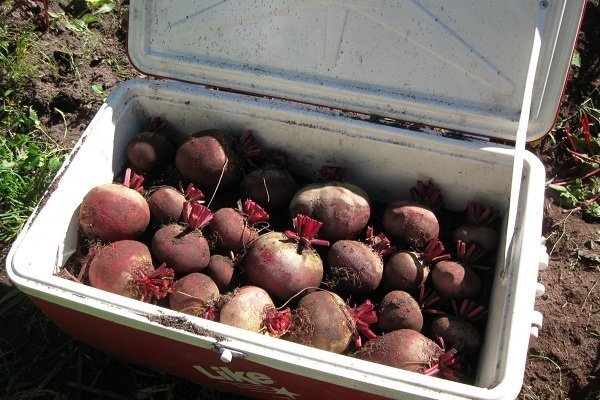
Reviews
Alena Petrovna, 51 years old. I sowed Borschevaya beets last season. The variety did not please with good germination, but the reason could be too dry land. There are also pluses – the sprouted root crops pleased with their marketable qualities and were ideal for preparing Ukrainian borscht. Dmitry, 39 years old. Variety Borschevaya tasted like lettuce beets to me. The flesh with pinkish-white rings has a pleasant taste and delicate structure. Most suitable for cooking borscht, but other dishes are delicious. Anastasia Antonovna, 53 years old. Along the perimeter of a carrot bed, I always grow several bushes of Borsch beet. I use it to make borscht, boil it, add it to salads with garlic and mayonnaise, which also turns out very tasty.
Table beet Borschevaya is a mid-season variety, which, subject to agricultural technology, bears fruit with root crops of equal shape and size. They can be eaten or stored until the next season, as they have excellent keeping quality.

